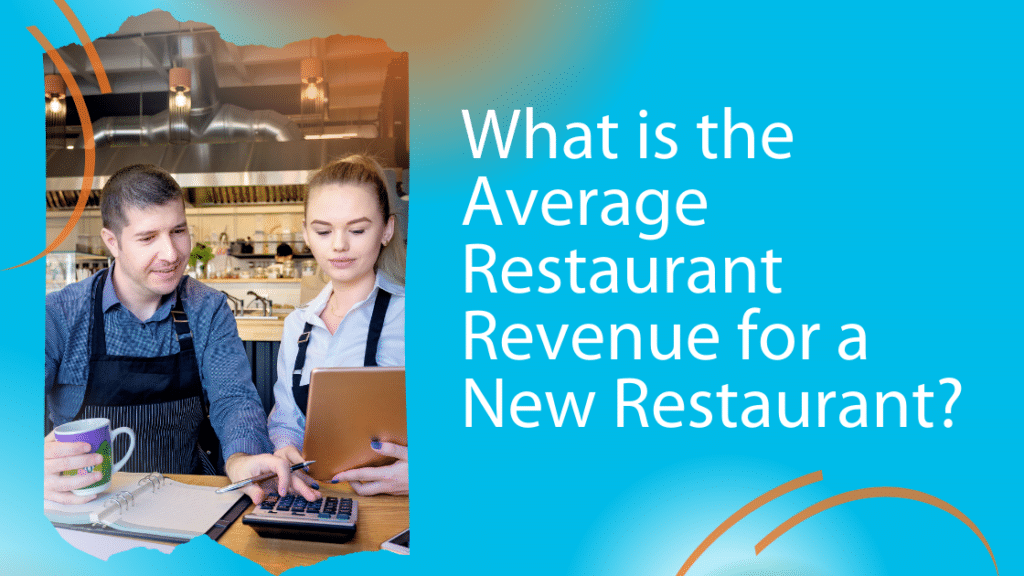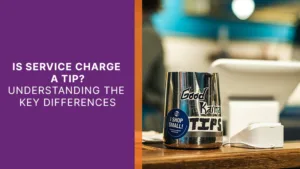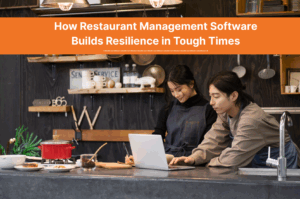Updated on: March 23, 2023
How profitable is owning a restaurant? In a previous entry, we talked about the average profit margin for a restaurant (recap: it’s not that high, ~3%) and ways that a restaurant owner can maintain a healthy profit margin and maybe even boost it a little bit. Profit margin is a percentage, a ratio that represents how much of a dollar of sales is profit. People naturally ask: how much do restaurants make in a day? How much actual money?
The answer: it depends.
Average restaurant revenue
There are a lot of factors that make this a tough question to answer. Here are a few things to consider when trying to determine average restaurant revenue.
Type of restaurant
The simple fact of the matter is that there is no way to give a definitive answer to the question. The term “food and beverage industry” is a rather large umbrella term that covers a lot of different types of establishments that are going to have different business models, clientele, offerings, and amenities which means that they are going to have varying expenses, revenues, and profits.
Bars and pubs are different from coffee shops, which are different from catering businesses and restaurants. Also, a restaurant can be anything from a food cart selling coffee and pastries at a train station, to a chain fast food joint serving comparatively cheap burgers or fried chicken. Beyond that, there are Michelin-starred gourmet restaurants where a ticket for a single table can be as much as some people’s monthly mortgage payment.
It also bears mentioning that some restaurants have declined the brick-and-mortar model entirely and instead move around in food carts or food trucks. These different types of business models are going to have vastly different average revenues.
Geography
In a geographically huge country like the United States that has a large, decentralized population, restaurant revenues (and expenses) are going to vary from state to state. Not only that, revenue can vary quite a lot in the same state if you’re talking about a restaurant in the city compared to one in a small town.
The economy
The food and beverage industry is highly cyclical. This means that restaurants have a high degree of exposure to changes in the economy, a double-edged sword to be sure.
When the economy is good, unemployment is low, optimism is waxing, wages are high, and people are flush with cash, they’re much more inclined to eat and drink out. When the opposite happens, eating and drinking out is usually one of the first discretionary expenses that a household cuts. This means that average restaurant revenue can vary wildly year over year.
The point? Average restaurant sales fluctuate. And while a curious statistician could probably come up with a number for average restaurant revenue at the national level, it probably wouldn’t be a very helpful number.
If you want a useful estimate that’s relevant to your restaurant, you’ll probably have to calculate it yourself.
Calculating average restaurant revenue
Fret not if you’re not a math whiz. Calculating average restaurant revenue isn’t terribly complicated. Getting a rough estimate of average revenue in your restaurant involves some fairly simple arithmetic. You can do it with a calculator, a spreadsheet, or, for more detailed information focused on the restaurant industry specifically, our reporting and analytics software.
Here’s a basic outline of what to do. At this point, we’d like you to please note that we are not certified, financial advisors or accountants. While we stand by the advice we give and give it in good faith, we give it on an informal basis.
1. Take all of the tickets for a day, sum the total charges for all of the tickets and then divide that number by the number of tickets. So, if you had 65 tickets on a Monday that totaled $1,000 in sales it would look like this: $1000/65=$15.38. $15.38 is the average revenue per ticket on that Monday.
2. Repeat this process every day of the week.
3. Then, find the average ticket revenue for the whole week. Let’s say that your average sales per ticket for the week looked like this:
Monday: $15.38
Tuesday: $16.25
Wednesday: $14.79
Thursday: $14.45
Friday: $18.95
Saturday: $19.00
Sunday: $17.10
Mathematically, this would be depicted thusly: (15.38+16.25+14.79+14.45+18.95+19.00+17.10)/7=$16.56. $16.56 is the average revenue per ticket for that week.
4. Repeat this process for every week of the month to get the average revenue per ticket for the month. If you’re feeling very ambitious, you could do this for a period of several months or even for every year that you’ve been in business.
This isn’t a perfect representation of average restaurant revenue, of course. There are factors that can affect daily, weekly, monthly and yearly revenue that can alter average restaurant revenue over a period of time, but this model can give you a rough idea of what kind of revenue your restaurant is generating.
How to increase average revenue
Like most business owners, you’d probably like to have more money flowing in. How can you do this? There is no magic formula that will lead to guaranteed increases in average revenue, but there are ways that you can generate small, incremental increases in revenue. Here are a few to consider.
Increase your prices
We mention this because it is a measure that should only be taken after serious consideration. Finding the ideal price point for any good or service is tricky and it is entirely possible that you may be charging too little for your food.
One way to figure out if your prices need some upward adjustment is to take a look at other restaurants in the area that serve similar fare and dining experiences to their customers and compare your prices to theirs.
Do this for several competing restaurants to get as much data as possible and average it all out. If there is considerable disparity, you might inch your prices up over time to be closer to the average in your market niche.
If you have the money, think about employing the services of a market research firm to do this for you. They can gather more hard data that has been vetted by specially trained analysts.
Increase efficiency, reduce waste
Lost revenue can be kind of like a leaky faucet. That droplet that drips out every few seconds might not seem like much, but it can add up over time to a considerable amount of water. Increasing efficiency and reducing waste can be an enormously effective way of increasing revenue and it’s more than likely that there are ways you can reduce waste at your restaurant!
It’s the same with money vis-a-vie waste and inefficiency in a business. Losing a few dollars here to inefficiency and a few dollars there to waste may not seem like much if looked at as isolated occurrences but sum these amounts up over time and you may find yourself talking about hundreds and maybe even thousands of dollars over the course of a week, month or year.
Take a close, analytical look at your restaurant and identify sources of waste. Perhaps the most relevant example for this is food inventory that goes bad and needs to be thrown out. If this is happening, you need to adjust your purchasing.
Then there’s inefficiency. For example, do you serve a lot of salads? If so, are your line chefs taking the time to chop and dice all the ingredients that go into the salads instead of spending their time using their skills to prepare more advanced dishes? In a case like this, you might consider purchasing pre-chopped salad ingredients from your vendor. They will no doubt charge you a bit more for this service but it may be worth it to pay for this so your line chefs can spend more of their time preparing other dishes.
We have applications that can help you refine your inventory and purchasing as well as track employee hours.
Final thoughts on average restaurant revenue
So what is the average revenue of a restaurant? New or existing? It depends. There are a lot of factors that go into it and many of them are outside of your control.
For data-driven solutions for your restaurant, we have restaurant management software that touches on virtually every aspect of operation whether it’s a food cart, a food truck, or a full-service sit-down restaurant. Our applications can help you find ways to raise revenues no matter the size or scale of your business. Please don’t hesitate to get in touch with us so we can offer advice and demos that show how.






